Reportar esta entrada
Más sobre la misma comunidad-colección
Prof. Esterly y su primer cuerpo de maestros
Mr. Calvin Esterly, a retired Army officer and West Point ...
Srta. Mary Harrison Gates (Sra. C.R. Morehead)
Miss Gates is standing in front of the home of Maj. and Mrs. ...
Tortugas de Galápagos en el Zoológico de El Paso
The image shows one of the Galapagos tortoise at the El Paso ...
Instalación de hielo por Jyoti Duwadi
This large ice installation was created outside the Museum of ...
Signo de la Serpiente de Cascabel
The sign is situated on Painted Dunes Desert Golf Course. It ...
Pasos de la escuela secundaria de El Paso
The individuals in this photograph are identified as Lillian, ...

















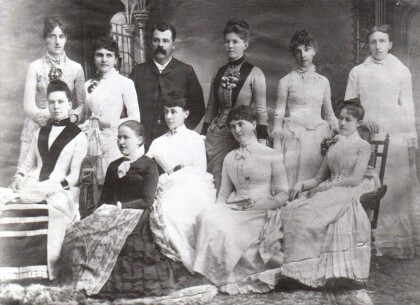
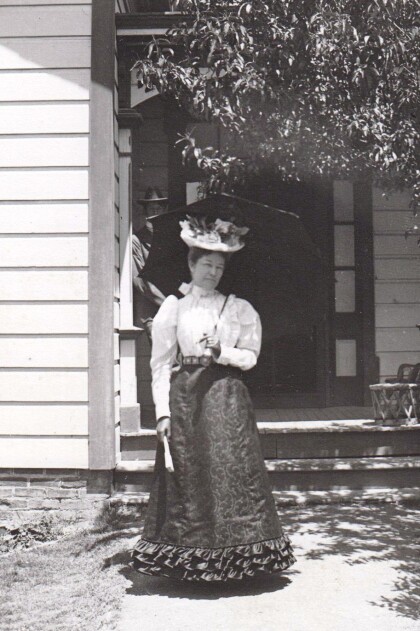
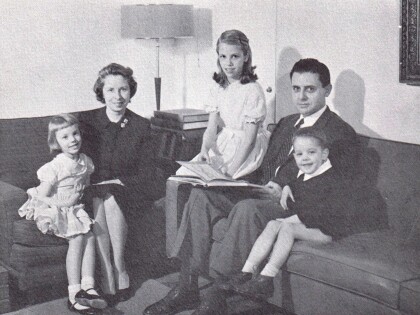
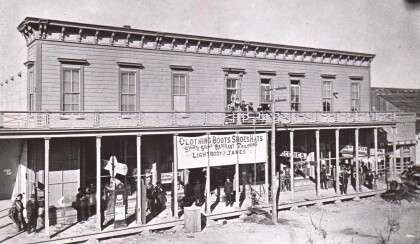
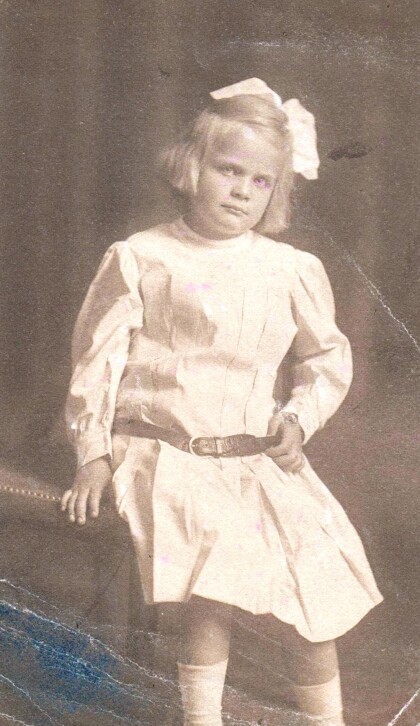
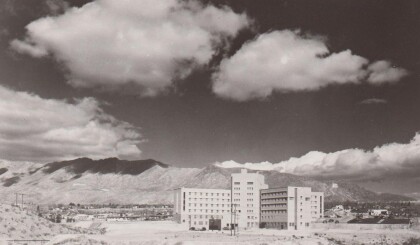


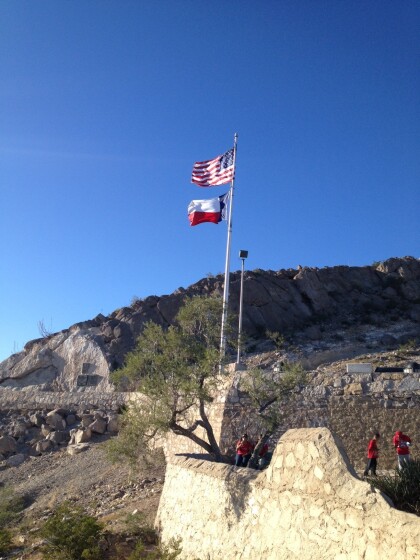
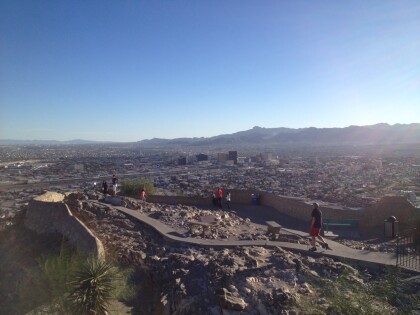
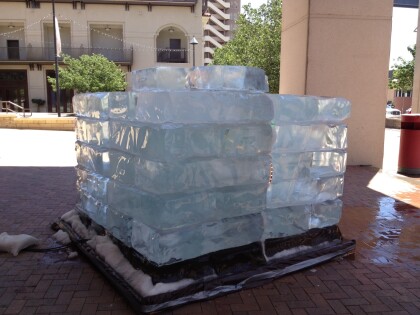
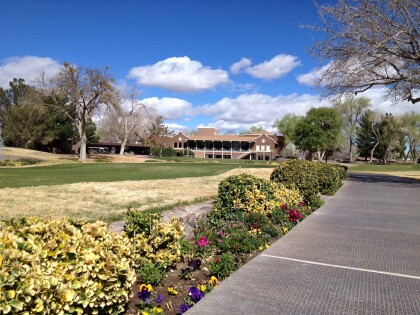

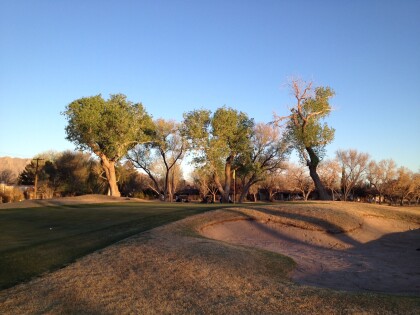
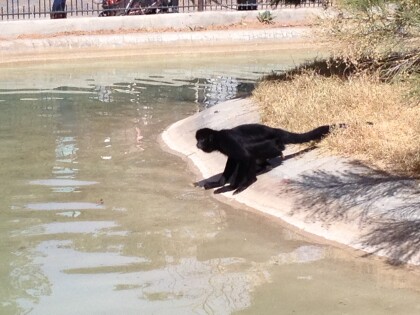
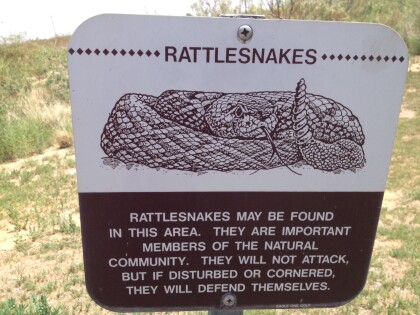
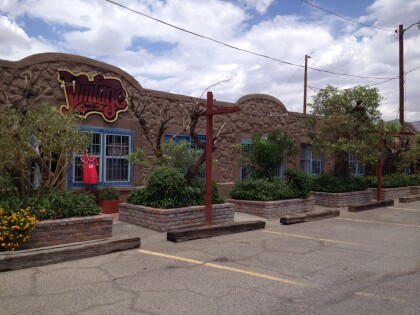
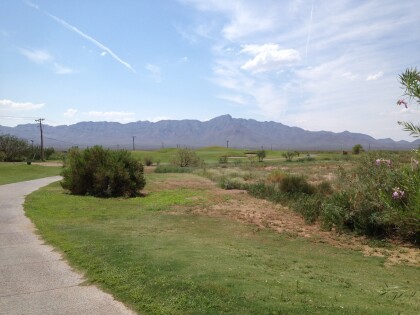

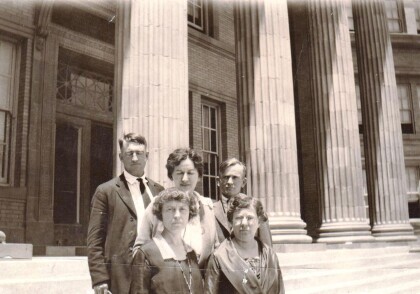
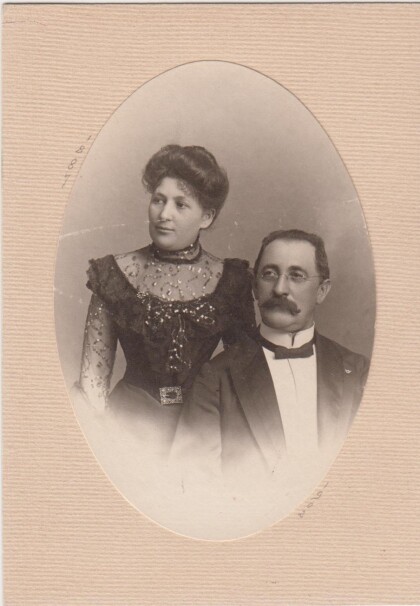
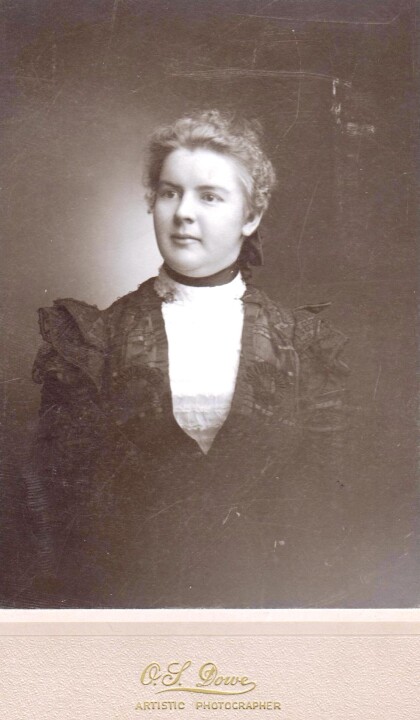
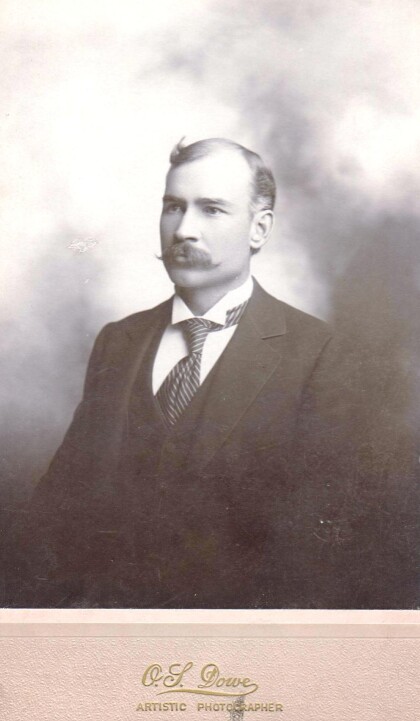
Comentarios
Hacer un comentario